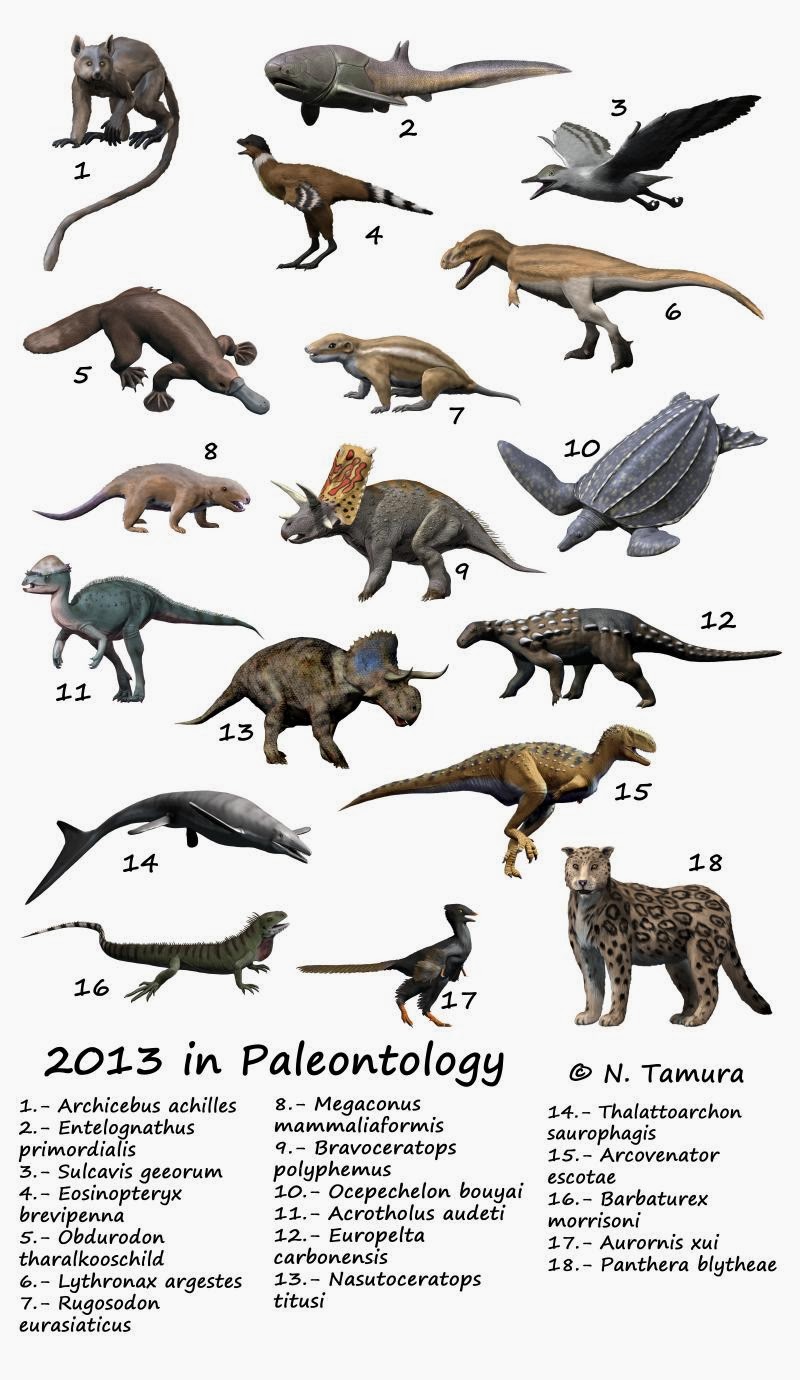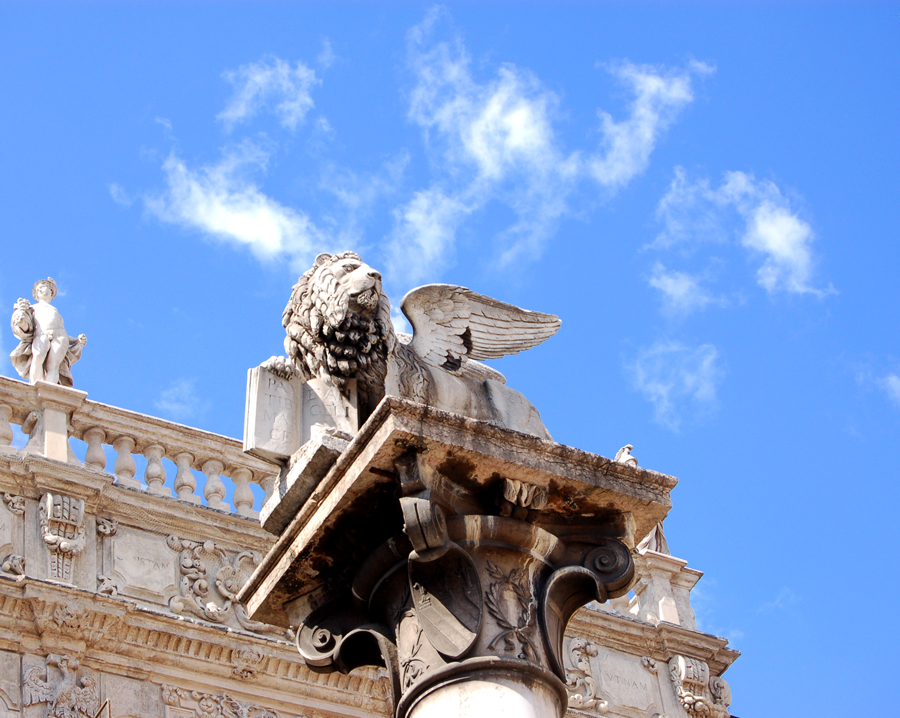|
Romeosaurus
''Romeosaurus'' is an extinct genus of yaguarasaurine mosasaur known from the early Late Cretaceous "Lastame" lithotype (lower Turonian to lower Santonian) of northern Italy. It contains two species, ''Romeosaurus sorbinii'' and ''Romeosaurus fumanensis''. Of the 2 species, ''R. sorbinii'' is known only through very fragmented fossil records of a single specimen and is otherwise poorly described. ''R. fumanensis'' is known through more specimens found across a small geographic area in Italy. Of all specimens recovered, none had well enough preserved post-cranial fossils to make good judgments of their post-cranial anatomy. As of 2018, only 1 specimen of ''R. sorbinii'' and 4 specimens of ''R. fumanensis'' were known. Etymology The genus is named after the character Romeo in William Shakespeare's ''Romeo and Juliet'', due to the proximity of the locations of the fossils to Verona, where they play is set. ''R. sorbinii'' is named after Lorenzo Sorbini, an Italian paleontologist, ... [...More Info...] [...Related Items...] OR: [Wikipedia] [Google] [Baidu] |
Yaguarasaurinae
The Yaguarasaurinae are a subfamily of mosasaurs, a diverse group of Late Cretaceous marine squamates. Members of the subfamily are informally and collectively known as "yaguarasaurines" and have been recovered from North and South America and Europe. Three genera, '' Yaguarasaurus'', '' Russellosaurus'' and '' Romeosaurus'' are known. '' Yaguarasaurus'' and '' Russellosaurus'' were previously considered part of the Tethysaurinae until they were grouped with '' Romeosaurus'' as yaguarasaurines. Like the closely related tethysaurines, all yaguarasaurines were plesiopedal (meaning primitive and not as well adapted to marine life as later mosasaurs). They generally retained relatively small sizes compared to later giant mosasaurs, though '' Yaguarasaurus'' itself might have grown rather large. The yaguarasaurines appeared during the Turonian and might have survived into the Santonian, though they were extinct by the Campanian when more derived and hydropedal mosasaurs had appeared. ... [...More Info...] [...Related Items...] OR: [Wikipedia] [Google] [Baidu] |
Romeosaurus Fumanensis Skeleton
''Romeosaurus'' is an extinct genus of yaguarasaurine mosasaur known from the early Late Cretaceous "Lastame" lithotype (lower Turonian to lower Santonian) of northern Italy. It contains two species, ''Romeosaurus sorbinii'' and ''Romeosaurus fumanensis''. Of the 2 species, ''R. sorbinii'' is known only through very fragmented fossil records of a single specimen and is otherwise poorly described. ''R. fumanensis'' is known through more specimens found across a small geographic area in Italy. Of all specimens recovered, none had well enough preserved post-cranial fossils to make good judgments of their post-cranial anatomy. As of 2018, only 1 specimen of ''R. sorbinii'' and 4 specimens of ''R. fumanensis'' were known. Etymology The genus is named after the character Romeo in William Shakespeare's ''Romeo and Juliet'', due to the proximity of the locations of the fossils to Verona, where they play is set. ''R. sorbinii'' is named after Lorenzo Sorbini, an Italian paleontologist, ... [...More Info...] [...Related Items...] OR: [Wikipedia] [Google] [Baidu] |
2013 In Paleontology
Plants Cnidarians Arthropods Bryozoans Brachiopods Molluscs Echinoderms Conodonts Fishes Amphibians Research * Laloy ''et al.'' (2013) reinterpret the Eocene frog species ''Rana cadurcorum'' from the Quercy Phosphorites (France) as a junior synonym of '' Thaumastosaurus gezei''. Newly named temnospondyls Newly named lepospondyls Newly named lissamphibians Turtles Research * A study on the anatomy of the brain and inner ear of the Jurassic turtle '' Plesiochelys etalloni'' is published by Paulina Carabajal ''et al.'' (2013). Newly named turtles Thalattosaurs Ichthyopterygians Lepidosauromorphs Newly named sauropterygians Newly named rhynchocephalians Newly named lizards Newly named snakes Archosauromorphs Newly named basal archosauromorphs Archosaurs Other reptiles Synapsids Non-mammalian synapsids Research * The postcranial skeleton of therocephalian ''Ictidosuchoides'' is described by Heidi Fourie (2013). New tax ... [...More Info...] [...Related Items...] OR: [Wikipedia] [Google] [Baidu] |
Mosasaurs Of Europe
Mosasaurs (from Latin ''Mosa'' meaning the 'Meuse', and Greek ' meaning 'lizard') are an extinct group of large aquatic reptiles within the family Mosasauridae that lived during the Late Cretaceous. Their first fossil remains were discovered in a limestone quarry at Maastricht on the Meuse in 1764. They belong to the order Squamata, which includes lizards and snakes. During the last 20 million years of the Cretaceous period (Turonian–Maastrichtian ages), with the extinction of the ichthyosaurs and pliosaurs, mosasaurids became the dominant marine predators. They themselves became extinct as a result of the K-Pg event at the end of the Cretaceous period, about 66 million years ago. Description Mosasaurs breathed air, were powerful swimmers, and were well-adapted to living in the warm, shallow inland seas prevalent during the Late Cretaceous period. Mosasaurs were so well adapted to this environment that they most likely gave birth to live young, rather than returning to th ... [...More Info...] [...Related Items...] OR: [Wikipedia] [Google] [Baidu] |
Mosasaur
Mosasaurs (from Latin ''Mosa'' meaning the 'Meuse', and Ancient Greek, Greek ' meaning 'lizard') are an extinct group of large aquatic reptiles within the family Mosasauridae that lived during the Late Cretaceous. Their first fossil remains were discovered in a limestone quarry at Maastricht on the Meuse in 1764. They belong to the order Squamata, which includes lizards and snakes. During the last 20 million years of the Cretaceous period (Turonian–Maastrichtian ages), with the extinction of the ichthyosaurs and Pliosauridae, pliosaurs, mosasaurids became the dominant marine predators. They themselves became extinct as a result of the Cretaceous–Paleogene extinction event, K-Pg event at the end of the Cretaceous period, about 66 million years ago. Description Mosasaurs breathed air, were powerful swimmers, and were well-adapted to living in the warm, shallow Inland sea (geology), inland seas prevalent during the Late Cretaceous period. Mosasaurs were so well adapted to thi ... [...More Info...] [...Related Items...] OR: [Wikipedia] [Google] [Baidu] |
Yaguarasaurus
''Yaguarasaurus'' is an extinct genus of mosasauroid from the Late Cretaceous (Turonian) period of Colombia, South America. The remains discovered (an articulated skull, some vertebrae and ribs) were defined as a new genus and species of mosasaurid, ''Yaguarasaurus columbianus'', by the Colombian paleontologist María Páramo, former director of the Museo de Geología José Royo y Gómez of INGEOMINAS in Bogotá. The first fossils remains of this animal suggested a cranial length of and a total length of ; an additional skull that measures long implies a larger size. This reptile is a member of the family of marine lizards Mosasauridae characteristic of Middle and Upper Cretaceous, with global distribution, but in South America known only through isolated remains (Price, 1957, Pierce and Welles, 1959 ; Bonaparte, 1978; Florentino Ameghino, Ameghino, 1918). This mosasaur discovered in Yaguará, was at the moment of discovery the most complete material known in South America. E ... [...More Info...] [...Related Items...] OR: [Wikipedia] [Google] [Baidu] |
Tethysaurinae
The Tethysaurinae are a subfamily of mosasaurs, a diverse group of Late Cretaceous marine squamates. Members of the subfamily are informally and collectively known as "tethysaurines" and have been recovered from North America and Africa. Only two tethysaurine genera are known, '' Pannoniasaurus'' and '' Tethysaurus''. The genera '' Yaguarasaurus'' and '' Russellosaurus'' were previously considered tethysaurines until they were grouped with '' Romeosaurus'' in the new subfamily Yaguarasaurinae. A possible member of this clade (subfamily) is a mosasaur specimen known from a maxilla fragment, found in 1960 in the Czech Republic (then Czechoslovakia), in Dolní Újezd near Litomyšl. Like the closely related yaguarasaurines, all tethysaurines were plesiopedal (meaning primitive and not as well adapted to marine life as later mosasaurs). They generally retained relatively small sizes compared to later giant mosasaurs. The tethysaurines appeared during the Turonian and went extinct i ... [...More Info...] [...Related Items...] OR: [Wikipedia] [Google] [Baidu] |
Late Cretaceous
The Late Cretaceous (100.5–66 Ma) is the more recent of two epochs into which the Cretaceous Period is divided in the geologic time scale. Rock strata from this epoch form the Upper Cretaceous Series. The Cretaceous is named after ''creta'', the Latin word for the white limestone known as chalk. The chalk of northern France and the white cliffs of south-eastern England date from the Cretaceous Period. Climate During the Late Cretaceous, the climate was warmer than present, although throughout the period a cooling trend is evident. The tropics became restricted to equatorial regions and northern latitudes experienced markedly more seasonal climatic conditions. Geography Due to plate tectonics, the Americas were gradually moving westward, causing the Atlantic Ocean to expand. The Western Interior Seaway divided North America into eastern and western halves; Appalachia and Laramidia. India maintained a northward course towards Asia. In the Southern Hemisphere, Aus ... [...More Info...] [...Related Items...] OR: [Wikipedia] [Google] [Baidu] |
Verona
Verona ( ; ; or ) is a city on the Adige, River Adige in Veneto, Italy, with 255,131 inhabitants. It is one of the seven provincial capitals of the region, and is the largest city Comune, municipality in the region and in Northeast Italy, northeastern Italy. The metropolitan area of Verona covers an area of and has a population of 714,310 inhabitants. It is one of the main tourist destinations in Northern Italy because of its artistic heritage and several annual fairs and shows as well as the Opera, opera season in the Verona Arena, Arena, an ancient Ancient Rome, Roman Amphitheatre, amphitheater. Between the 13th and 14th centuries, the city was ruled by the Scaliger, della Scala family. Under the rule of the family, in particular of Cangrande I della Scala, the city experienced great prosperity, becoming rich and powerful and being surrounded by new walls. The della Scala era is preserved in numerous monuments around Verona. Two of William Shakespeare's plays are set in Ve ... [...More Info...] [...Related Items...] OR: [Wikipedia] [Google] [Baidu] |
Russellosaurus
''Russellosaurus'' is an extinct genus of tethysaurine mosasauroid from the Late Cretaceous of North America. The genus was described from a skull discovered in an exposure of the Arcadia Park Shale (lower Middle Turonian) at Cedar Hill, Dallas County in the south-central part of the DFW Metroplex in Texas, United States. The skull (SMU 73056, Shuler Museum of Paleontology, Southern Methodist University) was found in 1992 by a member of the Dallas Paleontological Society, who then donated to the museum. Other fragmentary specimens of ''Russellosaurus'' have been recovered from the slightly older Kamp Ranch Limestone at two other localities in the Dallas area. Etymology The type species, ''R. coheni'', was named for the amateur fossil collector who discovered SMU 73056, and the genus name honours paleontologist Dale A. Russell for his extensive work on mosasaurs ("Russell's lizard"). This is the second species of mosasaur to have been named for Russell, the first being ''Selmasa ... [...More Info...] [...Related Items...] OR: [Wikipedia] [Google] [Baidu] |






